Home>Others>Specialized Home Improvement Topics>How To Clean Up Sewage In A Crawl Space
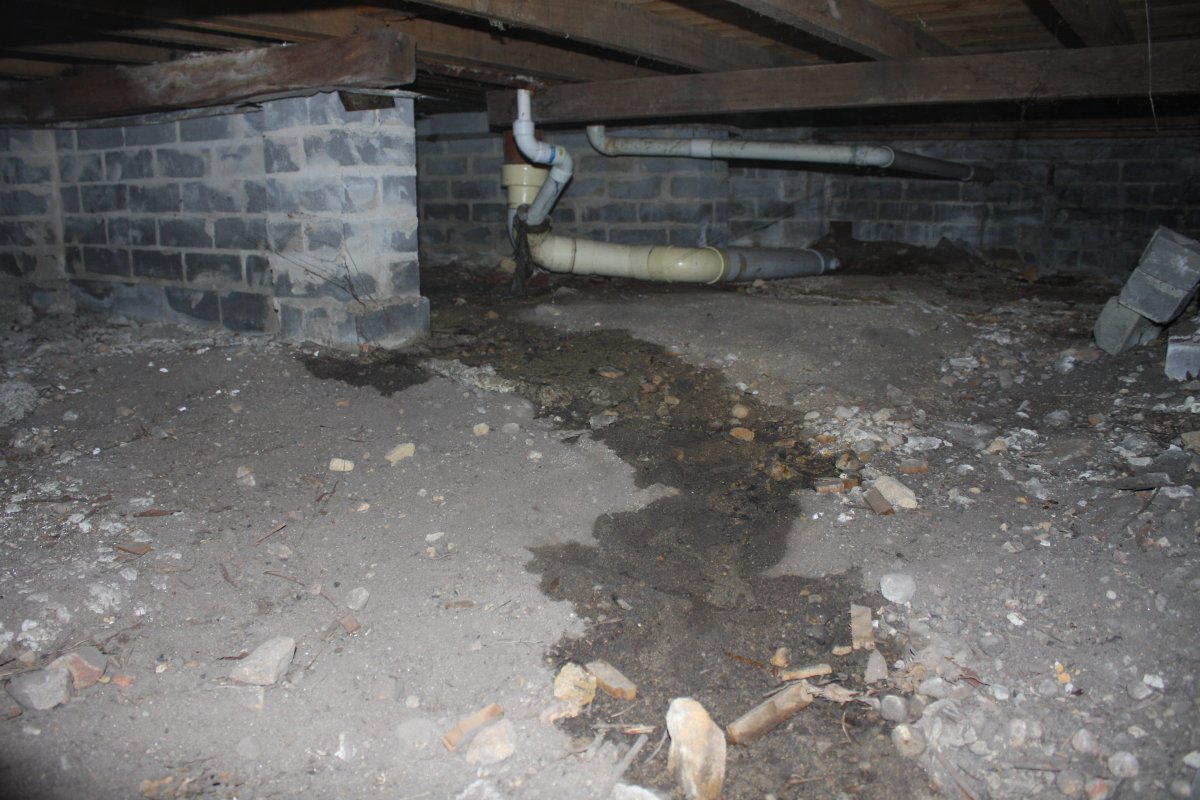

Specialized Home Improvement Topics
How To Clean Up Sewage In A Crawl Space
Modified: February 18, 2024
Learn the best methods for cleaning up sewage in a crawl space with our specialized home improvement tips. Keep your home safe and healthy with our expert advice.
(Many of the links in this article redirect to a specific reviewed product. Your purchase of these products through affiliate links helps to generate commission for Storables.com, at no extra cost. Learn more)
Introduction
Dealing with sewage in a crawl space is a daunting and unpleasant task that homeowners may encounter. Whether it's due to a backed-up sewer line, a malfunctioning septic system, or heavy rainfall causing flooding, the presence of sewage in a crawl space poses serious health risks and requires immediate attention.
Sewage contains harmful bacteria, viruses, and other pathogens that can cause severe illnesses if not handled properly. The foul odor and unsightly mess further exacerbate the urgency of addressing the situation promptly. In this comprehensive guide, we will explore the necessary steps to effectively clean up sewage in a crawl space, ensuring the restoration of a safe and habitable environment.
From implementing safety precautions to removing contaminated materials and preventing future sewage backups, each step is crucial in mitigating the damage and safeguarding the well-being of the household. By following the recommended procedures and understanding the importance of thorough sanitation, homeowners can regain peace of mind and prevent potential health hazards associated with sewage contamination.
The process of cleaning up sewage in a crawl space demands careful attention to detail and adherence to safety protocols. With the right knowledge and approach, homeowners can successfully navigate through this challenging situation and restore their crawl space to a clean and healthy state. Let's delve into the essential steps required to address sewage contamination in a crawl space and ensure a thorough and effective cleanup process.
Key Takeaways:
- Prioritize safety by wearing protective gear and ventilating the area when cleaning sewage in a crawl space to avoid health risks and ensure an effective cleanup process.
- Remove standing water, disinfect the area, and dispose of contaminated materials to restore a safe and habitable crawl space after sewage contamination.
Read more: How To Clean Out Crawl Space
Safety Precautions
When dealing with sewage cleanup in a crawl space, prioritizing safety is paramount. The presence of sewage brings with it a host of health hazards, including exposure to harmful bacteria, viruses, and other pathogens. Therefore, before initiating any cleanup efforts, it is crucial to implement stringent safety precautions to protect yourself and others involved in the process.
Personal Protective Equipment (PPE)
Wearing appropriate personal protective equipment is non-negotiable when entering a sewage-contaminated crawl space. This includes but is not limited to:
- Disposable Coveralls: These full-body suits provide a barrier between your clothing and the sewage, minimizing the risk of contamination.
- Rubber Boots: High-quality, waterproof boots are essential to prevent direct contact with the contaminated water and surfaces.
- Gloves: Heavy-duty, waterproof gloves offer protection against direct contact with sewage and contaminated materials.
- Eye Protection: Goggles or safety glasses shield the eyes from splashes and aerosolized sewage particles.
- Respiratory Protection: A respirator or mask equipped with P100 filters helps prevent inhalation of harmful airborne particles and noxious odors.
Ventilation
Before entering the crawl space, ensure adequate ventilation to minimize the concentration of foul odors and airborne contaminants. Use fans and open windows, if possible, to improve air circulation and reduce the buildup of toxic gases.
Avoiding Direct Contact
Under no circumstances should bare skin come into contact with the sewage or contaminated surfaces. Minimize physical contact with the affected area and refrain from touching your face or any objects that may inadvertently spread contamination.
Read more: Why Is Sewage Backing Up In Bathtub
Safe Entry and Exit
Establish a designated entry and exit point for accessing the crawl space. This helps prevent the spread of contaminants to unaffected areas of the home. Additionally, consider setting up a decontamination station outside the crawl space for removing PPE and disinfecting tools after completing the cleanup.
Hygiene Practices
After completing the cleanup, thorough personal hygiene is essential. Wash your hands and any exposed skin with soap and clean water. Additionally, launder contaminated clothing separately using hot water and disinfecting laundry detergent.
By strictly adhering to these safety precautions, homeowners and cleanup personnel can significantly reduce the risk of exposure to harmful pathogens and contaminants during the sewage cleanup process. Prioritizing safety not only safeguards personal health but also ensures a more effective and controlled cleanup operation.
Removing Standing Water
The first critical step in cleaning up sewage in a crawl space is the removal of standing water. The presence of stagnant sewage water not only poses immediate health risks but also creates an environment conducive to the proliferation of harmful microorganisms. To effectively address this issue, homeowners must employ systematic methods to eliminate the standing water and prevent further contamination of the crawl space.
Assessing the Extent of Standing Water
Before initiating the water removal process, it is essential to assess the extent of the standing sewage water in the crawl space. This involves carefully entering the area while adhering to safety precautions and using appropriate lighting to accurately gauge the water level. Additionally, identifying the source of the sewage backup or flooding is crucial to prevent ongoing water intrusion during the cleanup process.
Read more: How To Clean Sewage Backup In Basement
Utilizing Submersible Pumps and Wet/Dry Vacuums
Submersible pumps and wet/dry vacuums are indispensable tools for efficiently extracting standing sewage water from the crawl space. Submersible pumps are particularly effective for large volumes of water, while wet/dry vacuums can be used for smaller, confined areas. When operating these tools, it is imperative to ensure that electrical safety measures are in place, such as using ground fault circuit interrupters (GFCIs) and avoiding electrical hazards in wet environments.
Implementing Proper Disposal Procedures
Once the standing water has been extracted, it is crucial to adhere to proper disposal procedures for the contaminated liquid. This may involve coordinating with local authorities or waste management services to ensure compliance with environmental regulations. Disposing of sewage-contaminated water in a responsible manner is essential to prevent further environmental contamination and protect public health.
Thorough Cleaning and Sanitization
After removing the standing water, the affected surfaces must undergo thorough cleaning and sanitization to eliminate residual contaminants. This involves using appropriate disinfectants and antimicrobial solutions to treat the crawl space surfaces, ensuring that any remaining pathogens are effectively neutralized. Additionally, employing professional-grade deodorizing agents can help mitigate the persistent foul odors associated with sewage contamination.
By meticulously executing the process of removing standing water from the crawl space, homeowners can significantly mitigate the health risks and structural damage caused by sewage intrusion. This proactive approach sets the stage for subsequent cleanup efforts, laying the foundation for a comprehensive restoration of the affected area. It is important to proceed with the next steps of disinfecting the area and removing contaminated materials to ensure a thorough and effective sewage cleanup process.
Disinfecting the Area
After removing the standing sewage water from the crawl space, the next crucial step in the cleanup process is thorough disinfection of the entire area. Disinfecting the crawl space is essential for neutralizing harmful pathogens, bacteria, and viruses that may have been left behind after the water extraction process. This meticulous disinfection process is instrumental in restoring the crawl space to a safe and habitable condition, free from the health hazards associated with sewage contamination.
Read more: How To Maintain A Crawl Space
Clearing Debris and Residues
Before commencing the disinfection process, it is imperative to clear any remaining debris, residues, and solid waste from the crawl space. This may include removing soiled insulation, damaged materials, and any visible sewage-related debris. Clearing the area of these contaminants is essential to facilitate effective disinfection and prevent the harboring of harmful microorganisms within the crawl space.
Application of EPA-Approved Disinfectants
Utilizing Environmental Protection Agency (EPA)-approved disinfectants is paramount in ensuring comprehensive sanitation of the crawl space. EPA-registered disinfectants are specifically formulated to target a broad spectrum of pathogens, including bacteria, viruses, and fungi commonly found in sewage-contaminated environments. When applying disinfectants, it is essential to follow the manufacturer's instructions regarding dilution ratios, contact times, and safety precautions to maximize their efficacy.
Thorough Surface Treatment
Every surface within the crawl space, including walls, floors, support beams, and any remaining structural components, must undergo thorough disinfection. This involves methodically applying the disinfectant solution to all accessible surfaces, ensuring complete coverage and sufficient contact time to effectively neutralize any remaining pathogens. Paying particular attention to areas that were directly exposed to sewage water or contamination is crucial for comprehensive sanitation.
Addressing HVAC Systems and Ductwork
If the crawl space is connected to the home's heating, ventilation, and air conditioning (HVAC) system, it is essential to assess and, if necessary, disinfect the ductwork and HVAC components. Sewage-contaminated air can potentially spread harmful particles throughout the home via the HVAC system, making it imperative to address any potential contamination within these systems to prevent indoor air quality issues.
Read more: How To Inspect A Crawl Space
Odor Neutralization
In addition to disinfection, addressing the persistent odors associated with sewage contamination is vital for restoring a clean and livable environment. Utilizing professional-grade deodorizing agents and odor-neutralizing treatments can effectively mitigate the unpleasant smells that often linger after sewage cleanup, enhancing the overall indoor air quality and comfort within the home.
By meticulously disinfecting the crawl space and addressing all potential sources of contamination, homeowners can effectively eliminate health hazards and restore the affected area to a safe and habitable condition. This comprehensive disinfection process sets the stage for the subsequent steps of removing contaminated materials, drying and ventilating the space, and implementing preventive measures to minimize the risk of future sewage backups.
Removing Contaminated Materials
Once the standing sewage water has been extracted and the area thoroughly disinfected, the next critical step in the sewage cleanup process is the removal of contaminated materials from the crawl space. Contaminated materials, including insulation, drywall, wooden structures, and other porous items, may have absorbed sewage water and become a breeding ground for harmful pathogens. It is imperative to identify and remove these materials to prevent the persistence of contamination and mitigate the risk of long-term health hazards.
Assessment of Contaminated Materials
Before initiating the removal process, a comprehensive assessment of the crawl space's structural components and materials is essential. This involves identifying items that have been directly exposed to sewage water and assessing the extent of contamination. Porous materials, such as insulation and drywall, are particularly susceptible to sewage absorption and may require prompt removal to prevent the spread of contaminants.
Safe Removal Procedures
When removing contaminated materials, it is crucial to adhere to safe and controlled procedures to minimize the dispersion of harmful particles and pathogens. Utilizing appropriate personal protective equipment, including disposable coveralls, gloves, and respiratory protection, is essential to safeguard against direct contact with contaminated items and airborne contaminants. Additionally, employing containment measures, such as sealing off the work area and using plastic sheeting to prevent cross-contamination, is instrumental in maintaining a controlled environment during the removal process.
Read more: How To Winterize A Crawl Space
Disposal Considerations
Disposing of contaminated materials requires adherence to local regulations and environmental guidelines. Depending on the extent of contamination and the nature of the materials, coordination with waste management services or professional disposal companies may be necessary. It is essential to follow proper disposal protocols to prevent the spread of contamination and ensure compliance with environmental standards.
Structural Assessment and Remediation
Following the removal of contaminated materials, a thorough assessment of the crawl space's structural integrity is imperative. Any structural components that have been compromised by sewage exposure, such as wooden supports or subflooring, must be evaluated for damage and potential remediation. Addressing structural issues promptly is crucial for preventing long-term structural degradation and ensuring the safety and stability of the crawl space.
By meticulously removing contaminated materials and addressing potential structural concerns, homeowners can effectively mitigate the risk of persistent contamination and restore the crawl space to a clean and safe condition. This proactive approach sets the stage for the subsequent steps of drying and ventilating the space and implementing preventive measures to minimize the risk of future sewage backups.
Drying and Ventilating the Space
After the removal of standing sewage water and the thorough disinfection of the crawl space, the next crucial phase in the sewage cleanup process is the comprehensive drying and ventilating of the space. Effective drying and ventilation are essential for eliminating residual moisture, preventing mold growth, and restoring the crawl space to a dry, habitable condition.
Utilizing Industrial-Grade Dehumidifiers and Air Movers
Industrial-grade dehumidifiers and high-powered air movers are indispensable tools for expediting the drying process in the crawl space. Dehumidifiers work by extracting excess moisture from the air, effectively reducing humidity levels and accelerating the evaporation of residual moisture from surfaces and materials. Additionally, strategically placing air movers facilitates air circulation and accelerates the evaporation of moisture, expediting the drying process and preventing the stagnation of damp air within the crawl space.
Read more: How To Insulate The Floor In A Crawl Space
Monitoring Moisture Levels and Progress
Throughout the drying process, it is essential to monitor moisture levels within the crawl space using moisture meters and hygrometers. Regular assessments of moisture content in the air and materials provide valuable insights into the progress of the drying process, enabling adjustments to the placement and operation of dehumidifiers and air movers as needed. This proactive approach ensures that all areas of the crawl space are effectively dried, minimizing the risk of residual moisture and mold growth.
Addressing Subfloor and Structural Components
In addition to drying the air and surfaces, addressing moisture within subflooring and structural components is crucial for comprehensive restoration. Moisture trapped within wooden supports, floor joists, and subflooring can lead to long-term structural damage and mold growth if left unaddressed. Utilizing targeted drying techniques, such as directed airflow and specialized drying mats, can effectively extract moisture from these critical structural elements, safeguarding the integrity of the crawl space.
Implementing Adequate Ventilation
Once the drying process nears completion, implementing adequate ventilation within the crawl space is essential for maintaining optimal air quality and preventing the buildup of stagnant air. Opening access points, installing vent covers, and utilizing exhaust fans can facilitate the exchange of air, reducing humidity levels and promoting the circulation of fresh, dry air throughout the space. Proper ventilation plays a pivotal role in preventing the recurrence of moisture-related issues and maintaining a healthy environment within the crawl space.
By meticulously executing the drying and ventilating process, homeowners can effectively eliminate residual moisture, prevent mold growth, and restore the crawl space to a dry, habitable condition. This proactive approach sets the stage for implementing preventive measures to minimize the risk of future sewage backups, ensuring the long-term integrity and safety of the crawl space.
Preventing Future Sewage Backups
Preventing future sewage backups is paramount to safeguarding the integrity of the crawl space and mitigating the risk of recurring sewage-related incidents. Implementing proactive measures and maintenance practices can significantly reduce the likelihood of sewage backups, offering long-term protection for the home and its occupants.
Read more: How To Build A Crawl Space Door
Regular Inspection and Maintenance of Sewer Lines and Septic Systems
Regular inspection and maintenance of sewer lines and septic systems are fundamental in preventing sewage backups. Over time, sewer lines may become clogged or damaged, leading to potential blockages and backups. Similarly, septic systems require periodic inspection and maintenance to ensure proper functioning and prevent overflows. Engaging professional plumbing services for routine inspections and maintenance can identify potential issues early and facilitate timely repairs or preventive measures.
Installation of Backwater Valves and Sump Pumps
Installing backwater valves and sump pumps provides an additional layer of protection against sewage backups. Backwater valves are designed to prevent sewage from flowing back into the home during sewer line surges or blockages, effectively mitigating the risk of interior flooding. Sump pumps, particularly in homes with below-grade crawl spaces, can efficiently manage excess water and prevent groundwater intrusion, reducing the likelihood of sewage backups during heavy rainfall or flooding events.
Proper Disposal of Household Waste and Grease
Educating household members about proper waste disposal practices is essential for preventing sewage system overloads and blockages. Disposing of non-biodegradable items, grease, and other substances down drains or toilets can contribute to clogs and sewage backups. Encouraging the use of designated waste disposal methods and implementing grease traps in kitchen drains can minimize the accumulation of debris and grease within the sewer lines, reducing the risk of blockages and backups.
Landscaping and Grading Considerations
Strategic landscaping and grading around the home can help prevent surface water and storm runoff from infiltrating the crawl space or overwhelming the sewer system. Properly directing downspouts away from the foundation, ensuring adequate slope away from the home, and implementing landscaping features that promote water drainage can mitigate the risk of water intrusion and reduce the burden on the sewer system, minimizing the potential for sewage backups.
Read more: How To Vent Crawl Space
Awareness and Emergency Preparedness
Maintaining awareness of potential sewage backup risks and establishing emergency preparedness plans are essential for prompt action in the event of a backup. Educating household members about the signs of sewage backups, such as gurgling drains or unusual odors, can facilitate early detection and intervention. Additionally, having access to professional sewage cleanup services and understanding the necessary steps to mitigate the impact of a backup can minimize the potential damage and health risks associated with sewage intrusion.
By proactively implementing these preventive measures, homeowners can significantly reduce the risk of future sewage backups, ensuring the long-term integrity and functionality of the crawl space and sewage systems. Prioritizing preventive maintenance and proactive interventions offers peace of mind and safeguards the home against the disruptive and hazardous consequences of sewage backups.
Conclusion
In conclusion, addressing sewage contamination in a crawl space demands a comprehensive and systematic approach to ensure the restoration of a safe and habitable environment. From prioritizing safety precautions to meticulously executing the removal of standing water, disinfection, and the removal of contaminated materials, each step plays a pivotal role in mitigating the health risks and structural damage associated with sewage intrusion.
The proactive measures of drying and ventilating the space, coupled with the implementation of preventive strategies to minimize the risk of future sewage backups, are instrumental in safeguarding the long-term integrity of the crawl space and sewage systems. By adhering to these essential steps and preventive measures, homeowners can effectively navigate through the challenges of sewage cleanup and restore their crawl space to a clean, healthy, and resilient state.
It is crucial for homeowners to recognize the urgency of addressing sewage contamination promptly and to seek professional assistance when necessary. Engaging experienced sewage cleanup professionals can provide valuable expertise and resources to facilitate a thorough and effective cleanup process, ensuring the safety and well-being of the household.
Ultimately, the successful cleanup of sewage in a crawl space not only eliminates health hazards and structural damage but also offers peace of mind and a renewed sense of comfort within the home. By understanding the importance of each step in the cleanup process and prioritizing preventive measures, homeowners can effectively mitigate the risks associated with sewage contamination and maintain a safe and resilient living environment for years to come.
Frequently Asked Questions about How To Clean Up Sewage In A Crawl Space
Was this page helpful?
At Storables.com, we guarantee accurate and reliable information. Our content, validated by Expert Board Contributors, is crafted following stringent Editorial Policies. We're committed to providing you with well-researched, expert-backed insights for all your informational needs.
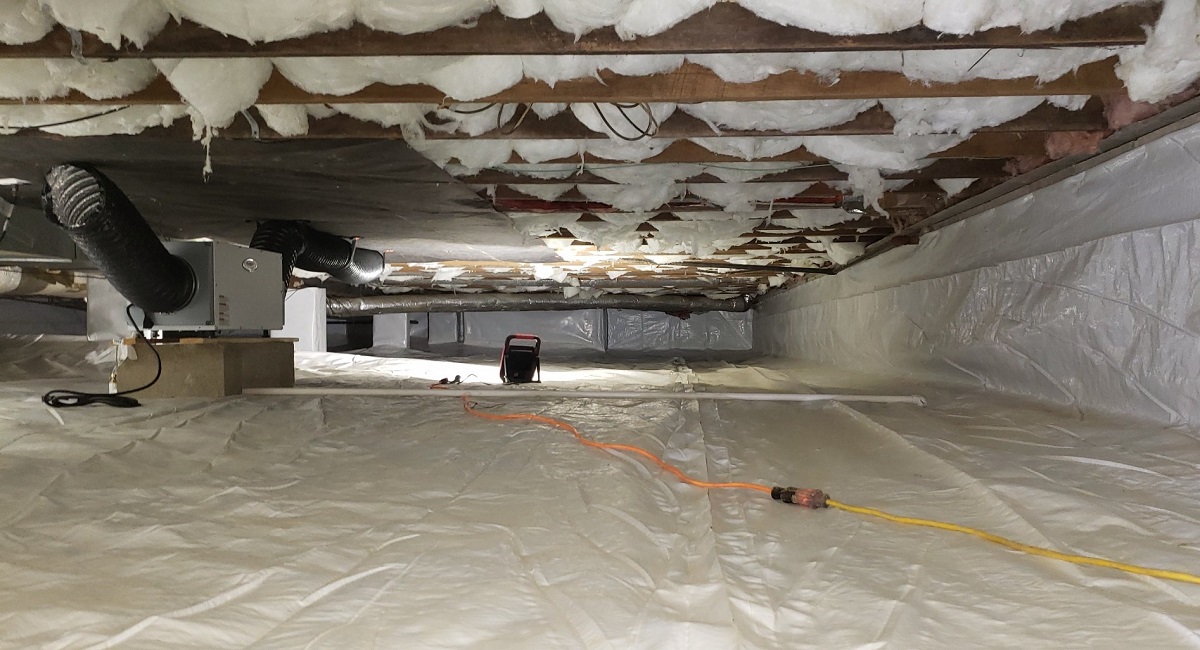
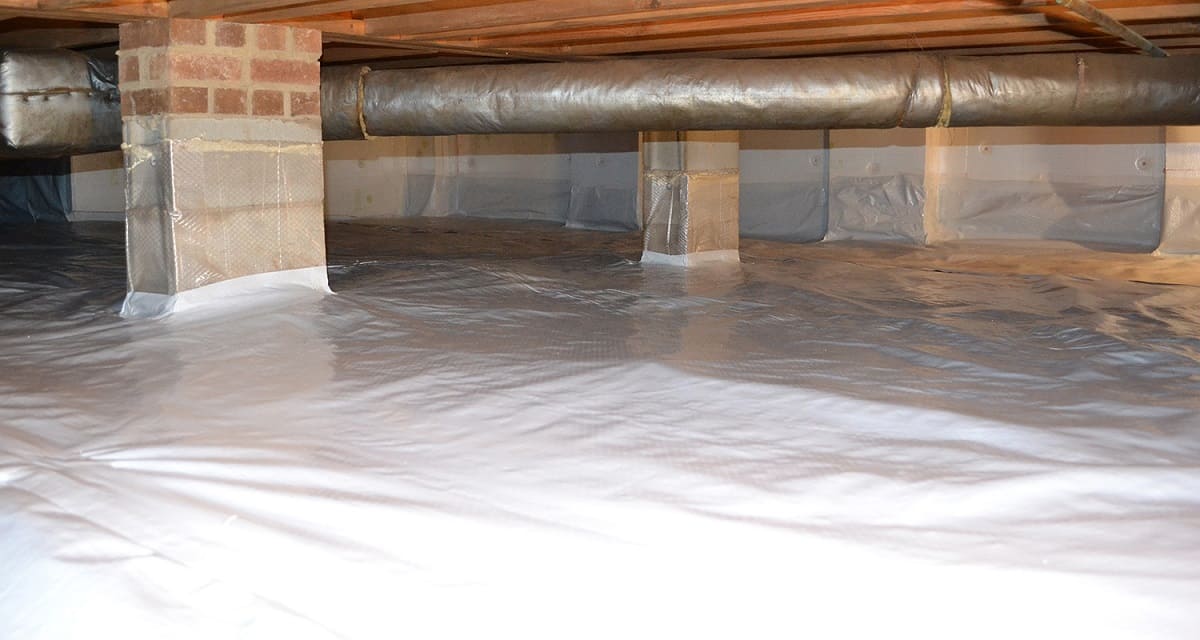
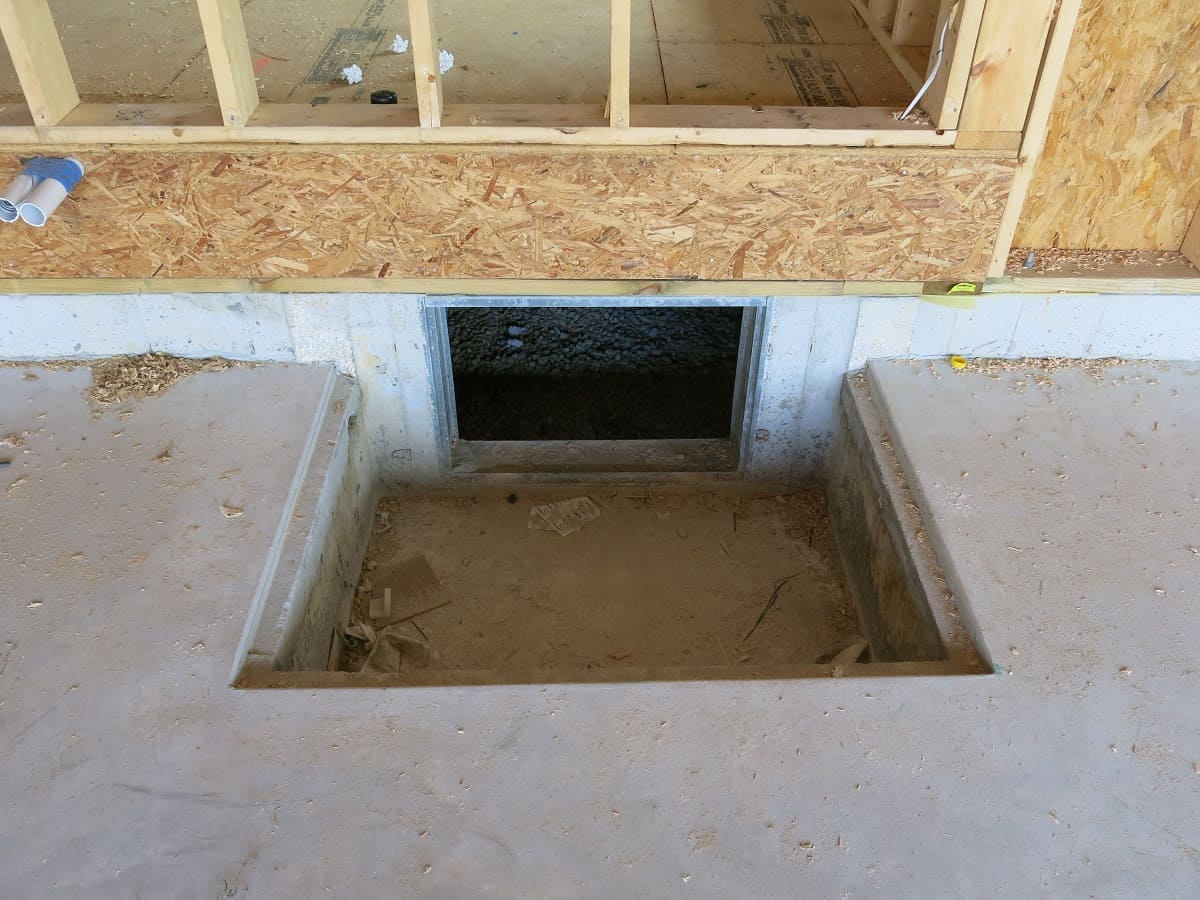
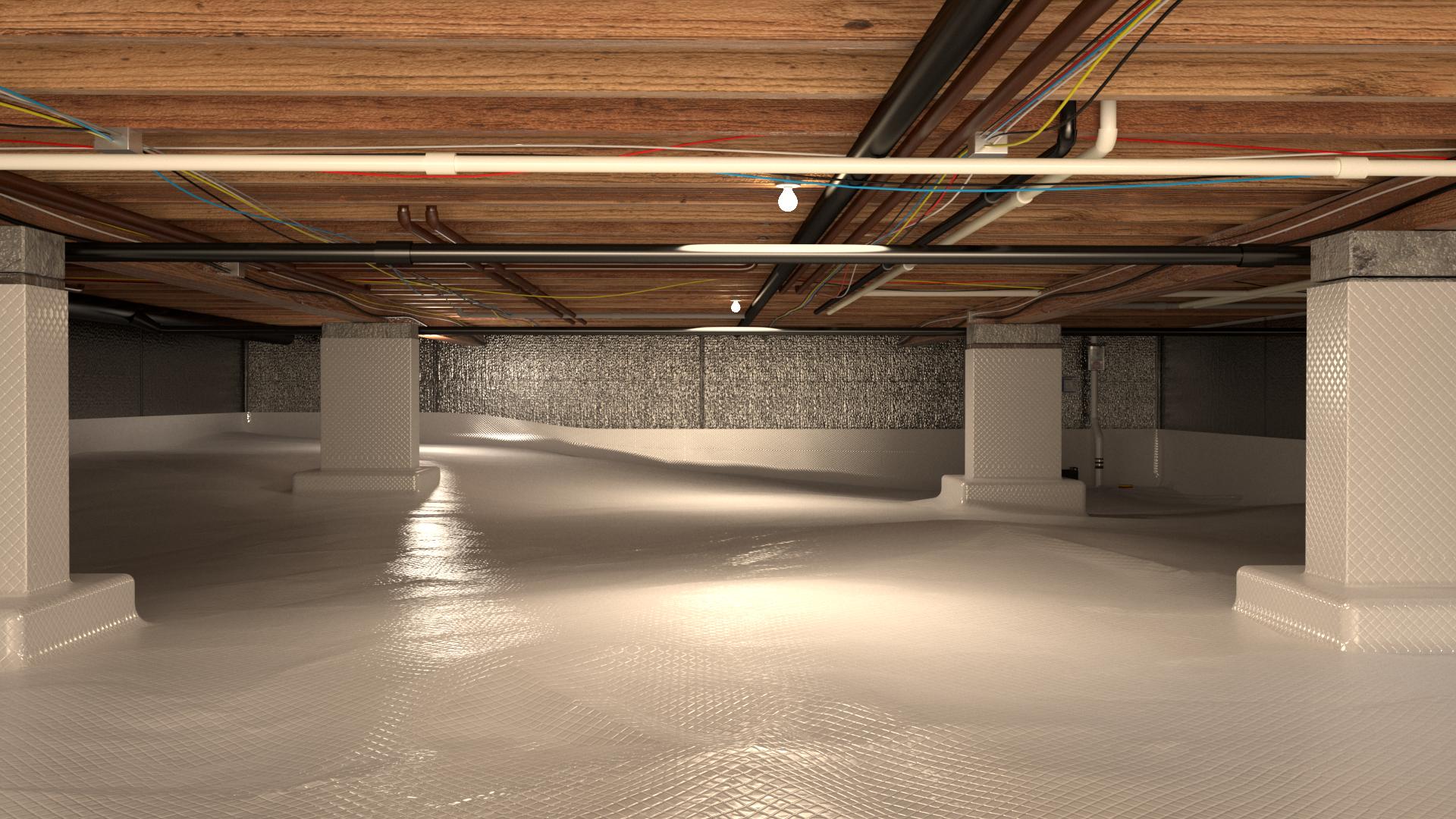
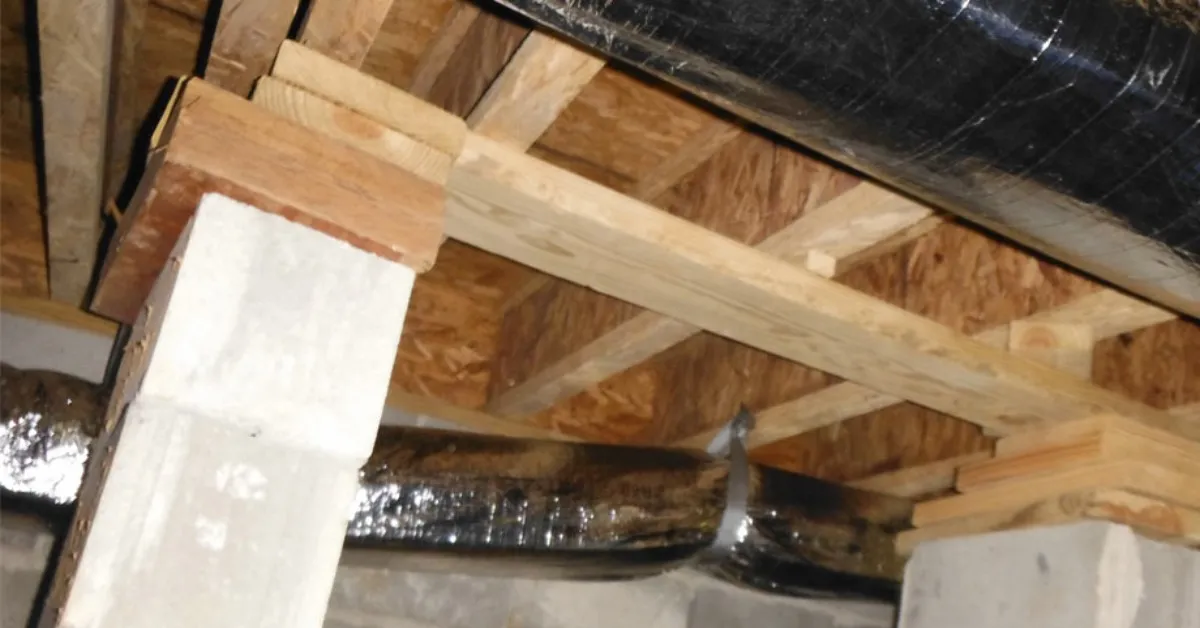
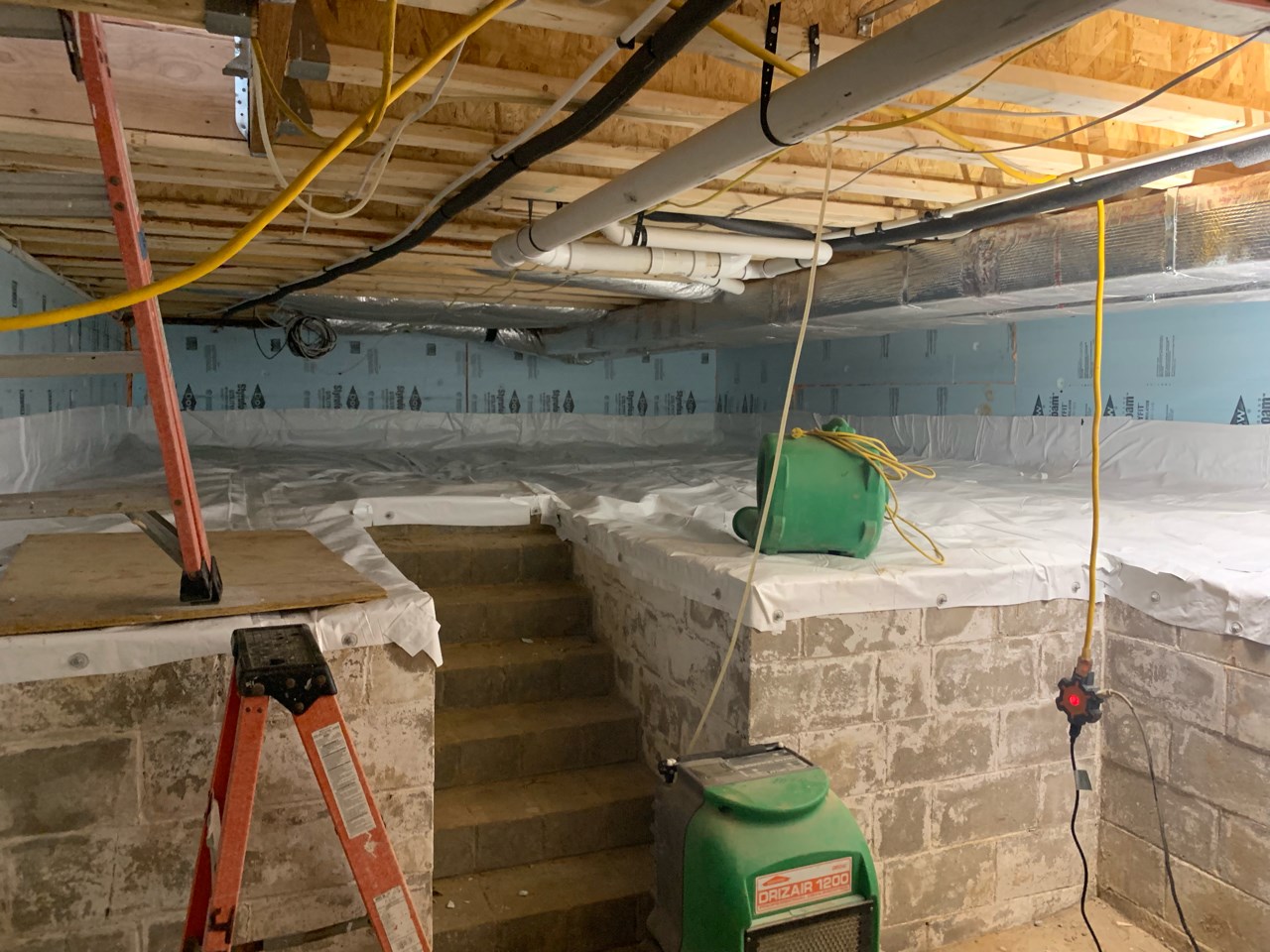
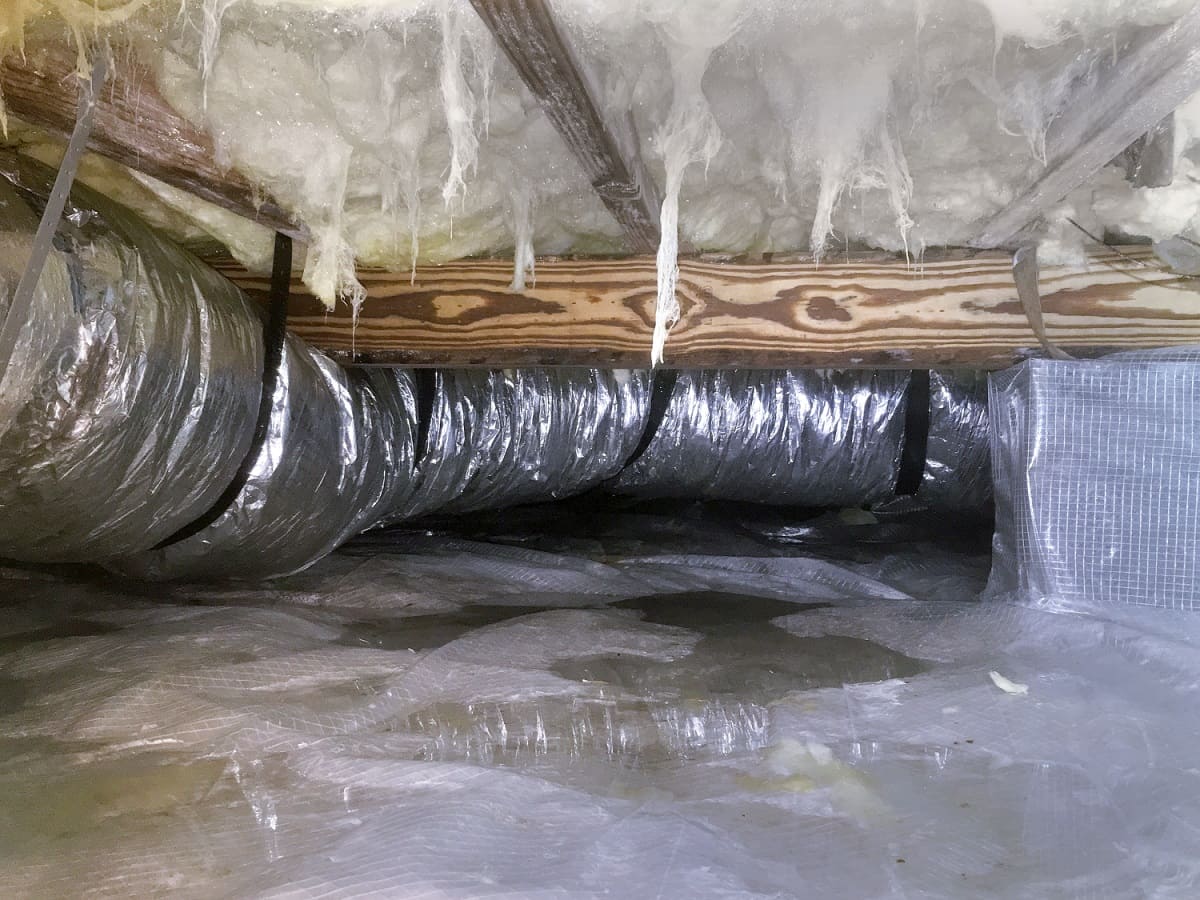

0 thoughts on “How To Clean Up Sewage In A Crawl Space”